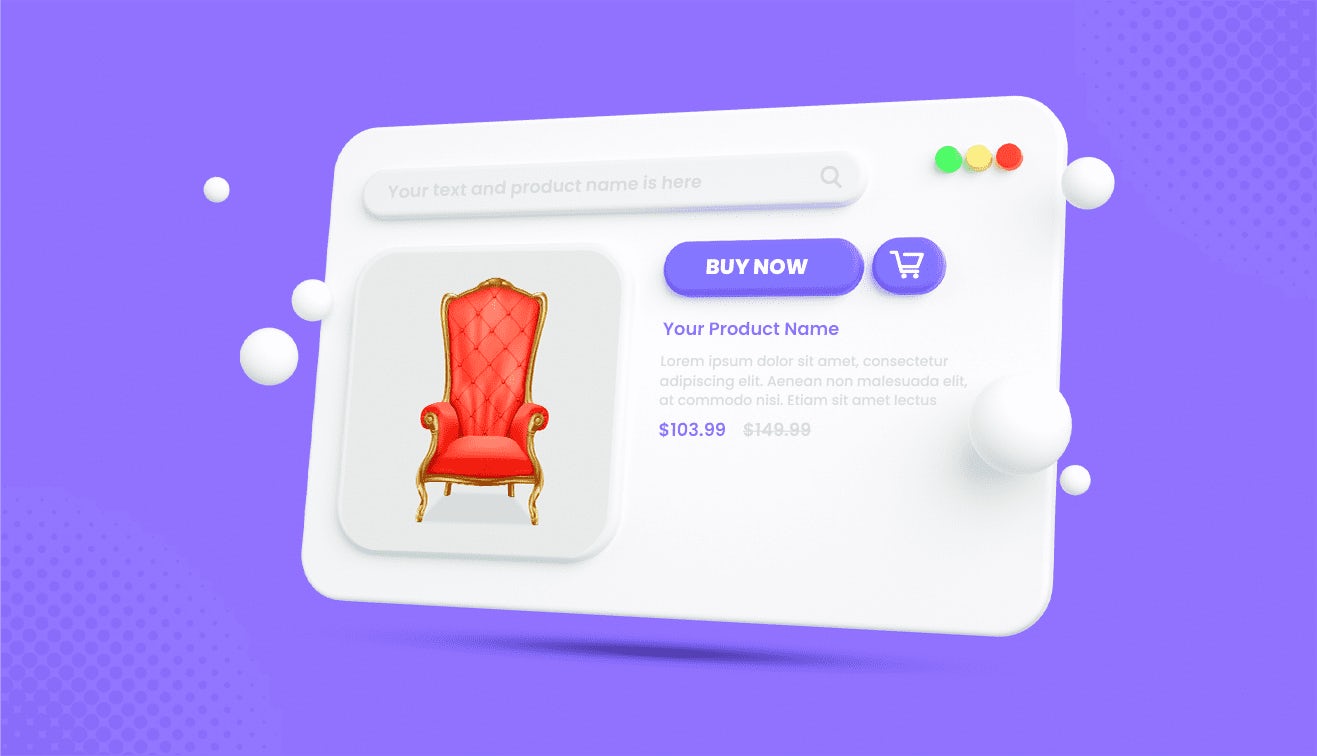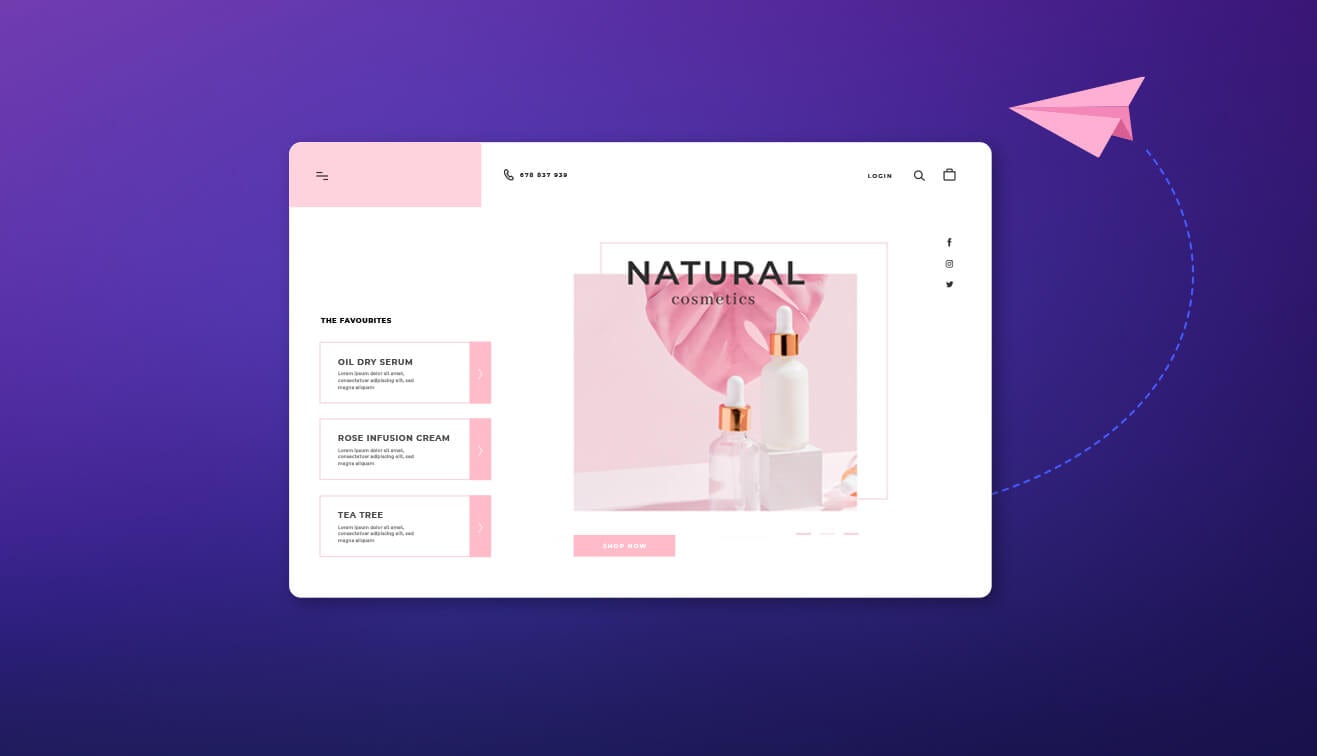Customer data is any information collected from or about customers, whether directly or through third-party sources. It helps businesses understand the customer journey, which begins the moment a client interacts with your brand and ends when they exit. But when we talk about B2B customers, things get more intricate. Unlike the simpler B2C model, the B2B landscape is complex, with longer sales cycles and multiple decision-makers involved in a single purchase. So, having the right information at the right time and place becomes crucial.
In today’s competitive market, leveraging customer data isn’t just about understanding who your clients are—it's about using this insight to make timely, informed decisions that improve operational efficiency and create highly personalised experiences.
With 86% of buyers willing to spend more for an enhanced customer experience, B2B companies need to harness in-depth insights to personalise their interactions and services.
This blog explores how B2B customer data can drive operational excellence by optimising processes, enhancing decision-making, and delivering the tailored experiences needed to keep customers engaged and loyal.
1. Data-driven decision making
At the core of operational excellence is the ability to make informed decisions, and customer data plays a vital role here. Accurate, real-time data provides insights that can guide decisions across various departments—sales, marketing, supply chain, and beyond.
- Demand forecasting: Historical customer purchasing data allows businesses to predict future demand patterns, leading to better production planning and inventory management. This reduces both waste and the risk of stockouts.
- Resource allocation: Companies can identify which products or services are in the highest demand and adjust resources, accordingly, improving efficiency in production, marketing, or customer service.
By leveraging customer data to drive decisions, B2B companies can reduce uncertainty, avoid costly missteps, and align operations with customer needs and market trends.
2. Reducing B2B customer churn with data insights
Customer churn is one of the biggest threats to long-term profitability in B2B, and preventing it requires a deep understanding of customer behaviour. Customer data provides actionable insights that can identify at-risk clients and help craft proactive retention strategies.
- Predictive analytics for churn prevention: By analysing data on customer engagement—such as usage patterns, service requests, or unresolved support tickets—businesses can identify customers likely to churn. Predictive analytics enables companies to flag at-risk accounts and take action before it's too late.
- Personalised retention efforts: Tailoring retention strategies based on individual customer data (e.g., offering customised solutions or renegotiated contracts) increases the likelihood of customer loyalty and contract renewal.
- Enhanced customer support: Using data on past customer interactions, businesses can deliver faster, more personalised customer support, addressing issues before they escalate and improving overall customer satisfaction.
Reducing churn directly impacts operational efficiency, as the cost of acquiring a new customer is often far higher than retaining an existing one. Data-driven retention efforts contribute significantly to operational excellence.
3. Optimising the supply chain with customer data
B2B customer data also plays a pivotal role in improving supply chain operations. By analysing real-time customer order patterns, businesses can anticipate demand fluctuations and optimise their supply chain processes.
- Inventory management: Understanding purchasing behaviour helps companies maintain optimal inventory levels, avoiding overstocking or understocking, which can both negatively affect operations.
- Logistics efficiency: By examining customer location data and buying trends, businesses can refine their logistics and distribution strategies, minimising transportation costs and ensuring timely deliveries.
Integrating customer data with IoT-enabled devices further enhances supply chain visibility, allowing businesses to monitor conditions such as product quality during transit.
4. Driving product development and innovation
Customer data fuels innovation in product development by providing insights into customer needs, feedback, and behaviour.
- Customer feedback loops: Data from surveys, reviews, and customer service interactions helps businesses refine products and address gaps in the market.
- Product customisation: By analysing customer preferences and purchase histories, companies can offer personalised products, improving customer satisfaction and loyalty.
This data-driven approach to product development ensures that new offerings are closely aligned with market demands, reducing the risk of product failure and enhancing innovation.
| Forrester’s Marketing Survey reveals that B2B respondents identify three major obstacles to effective measurement and analytics: 40% cite a lack of trust in the quality of data used for analysis, 39% point to insufficient understanding among their teams, and 38% highlight the challenge of having too many disconnected data sources. |


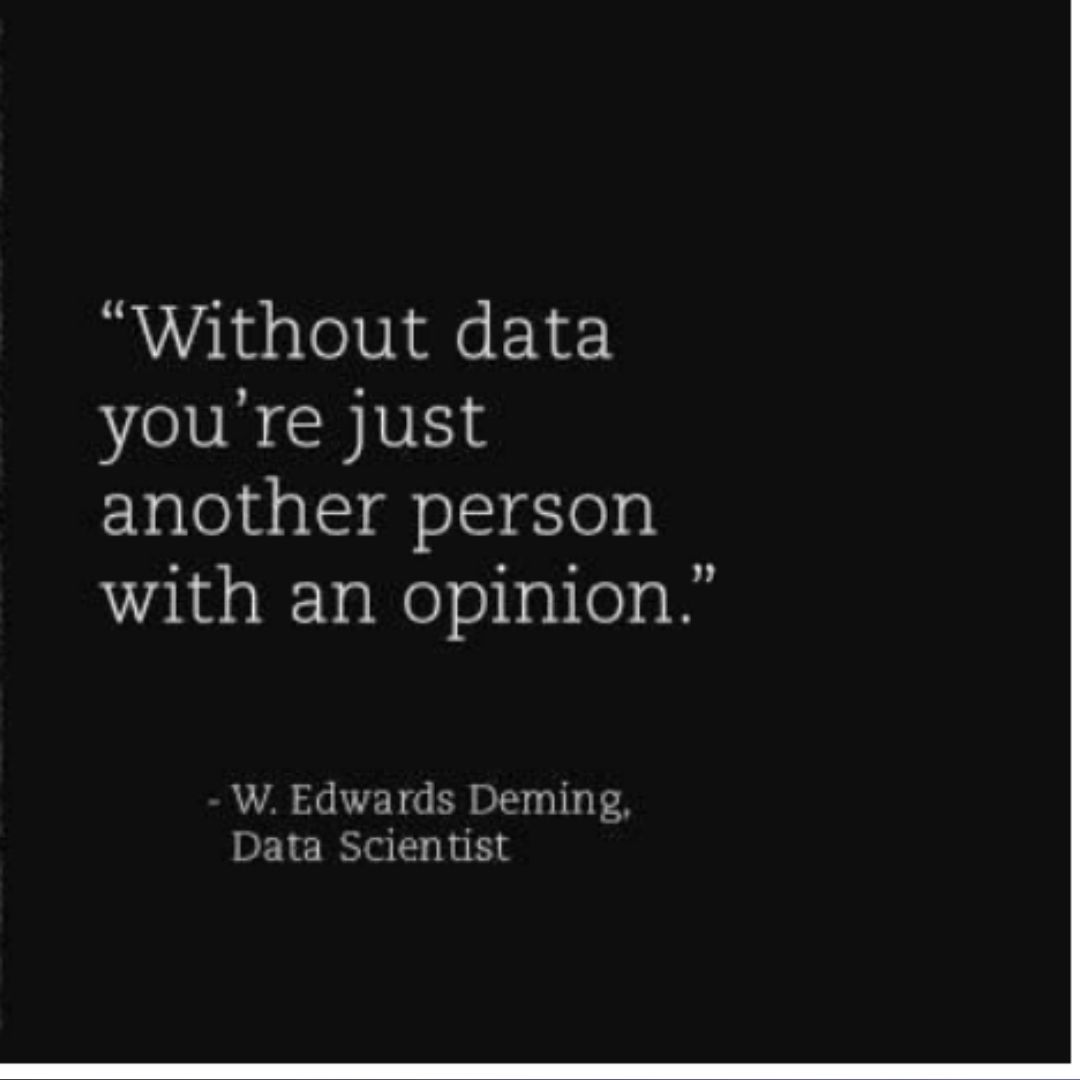































































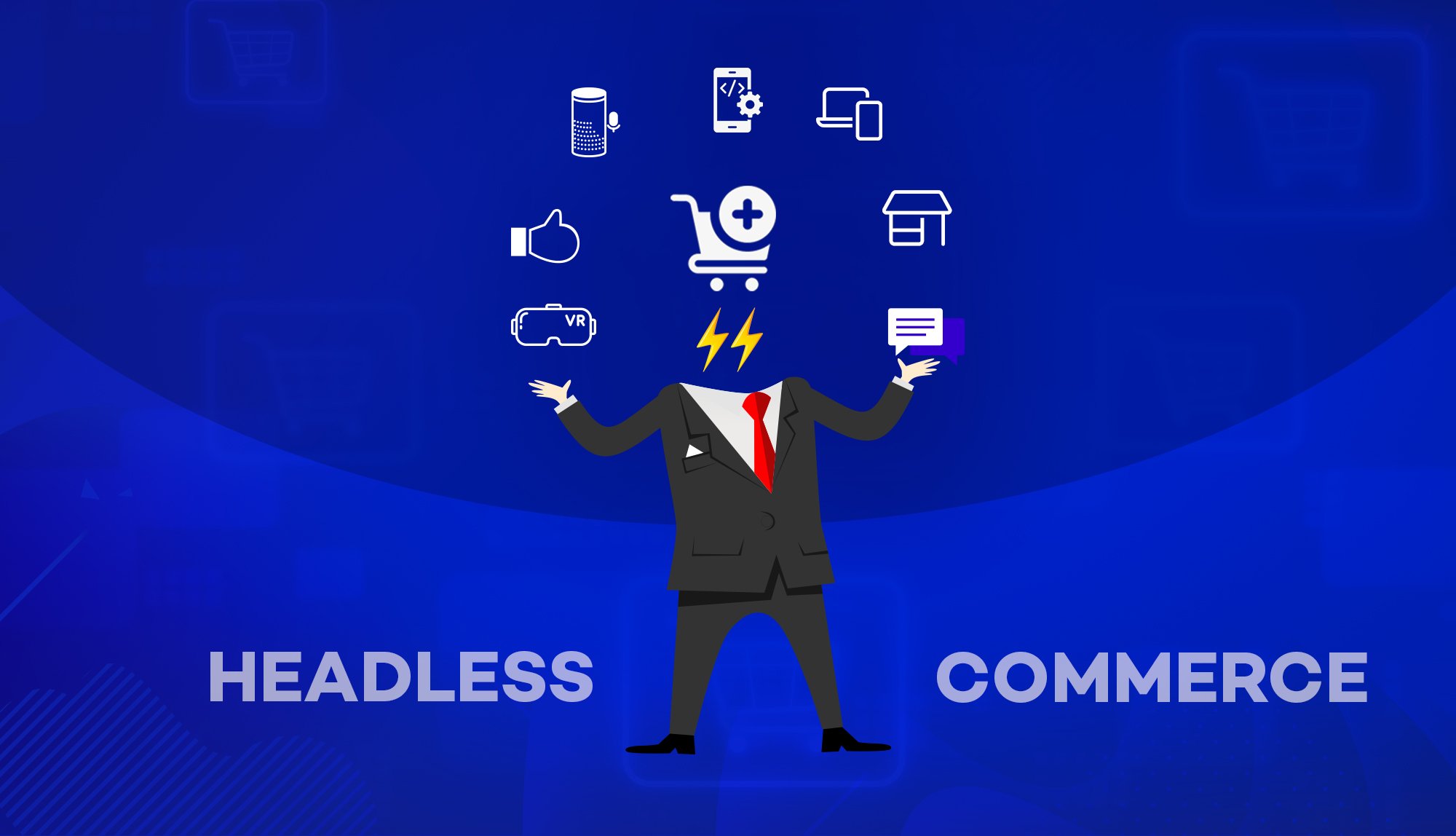
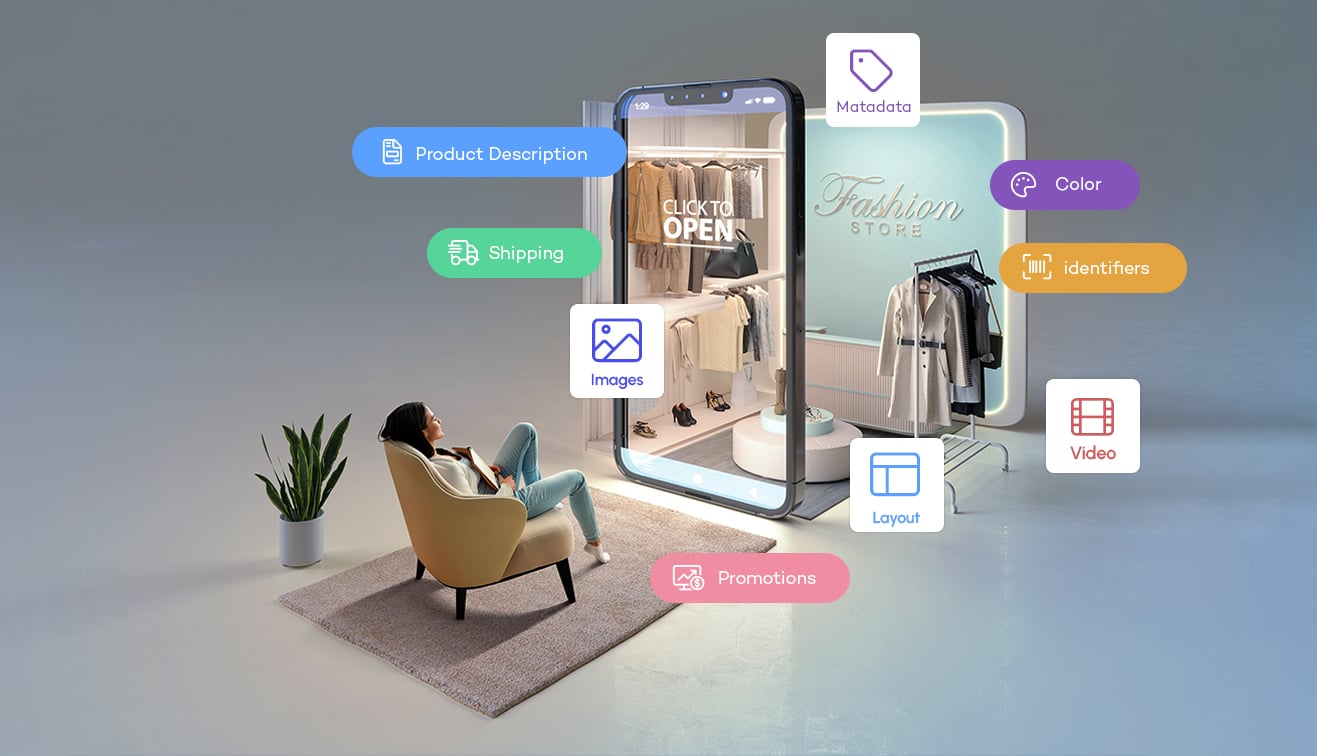
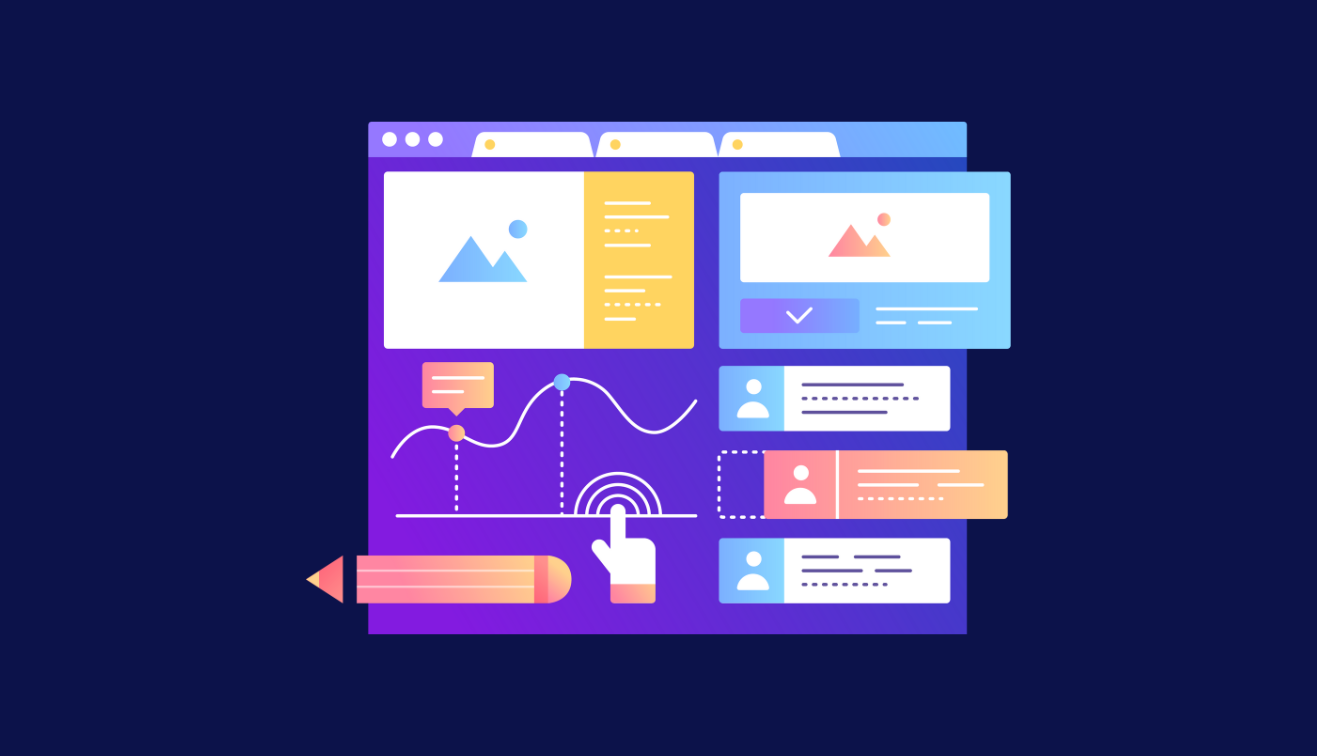


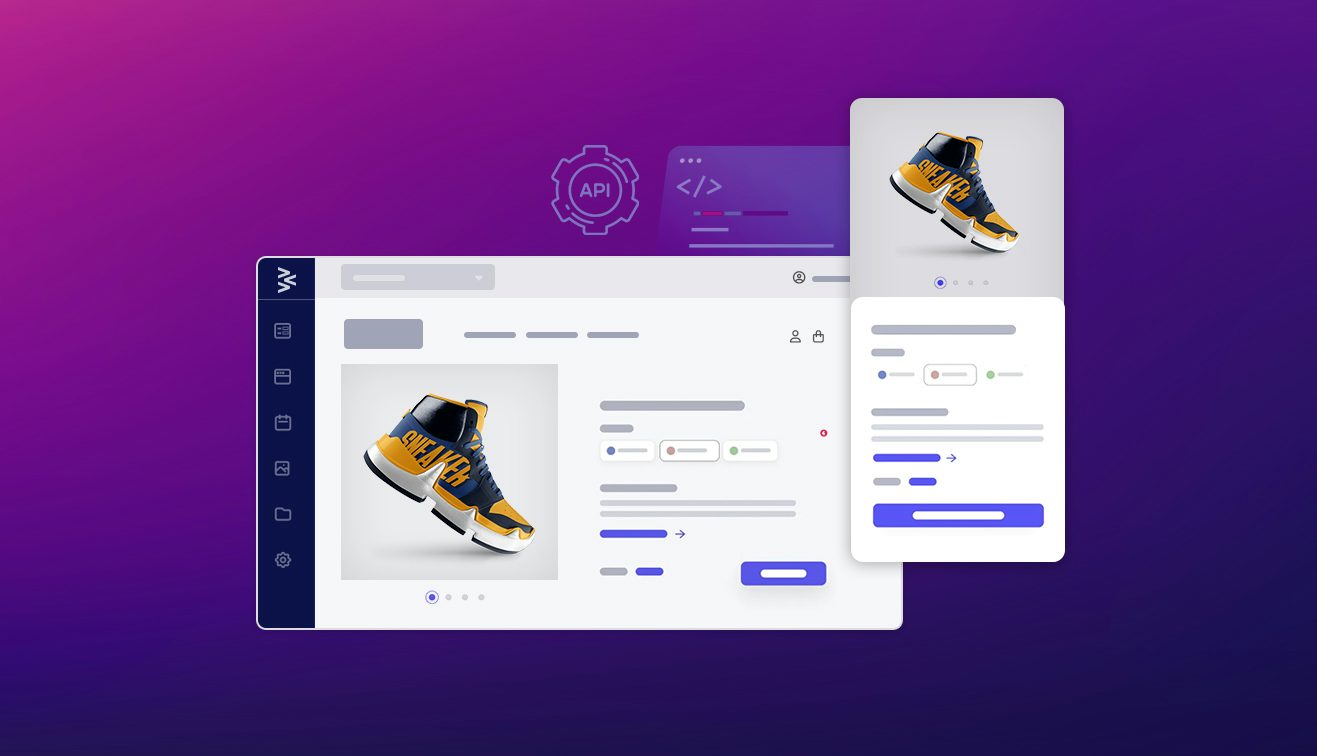

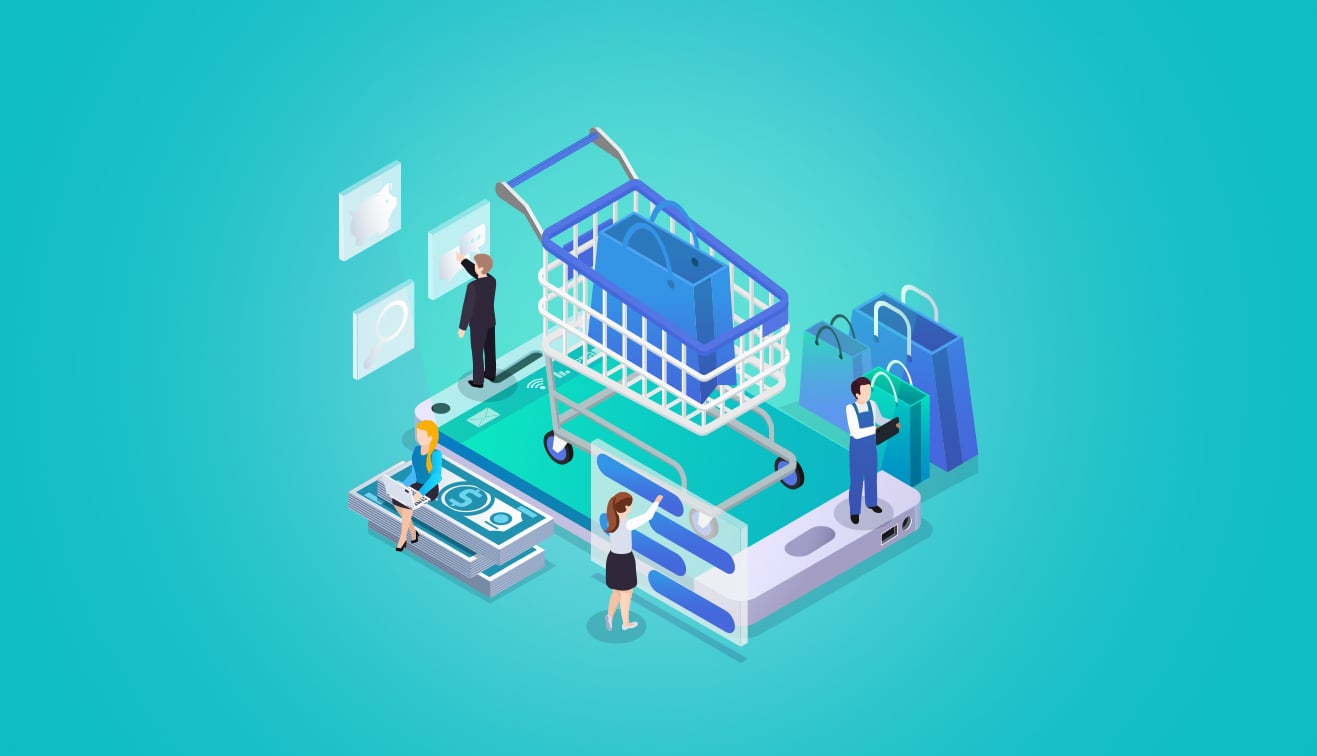

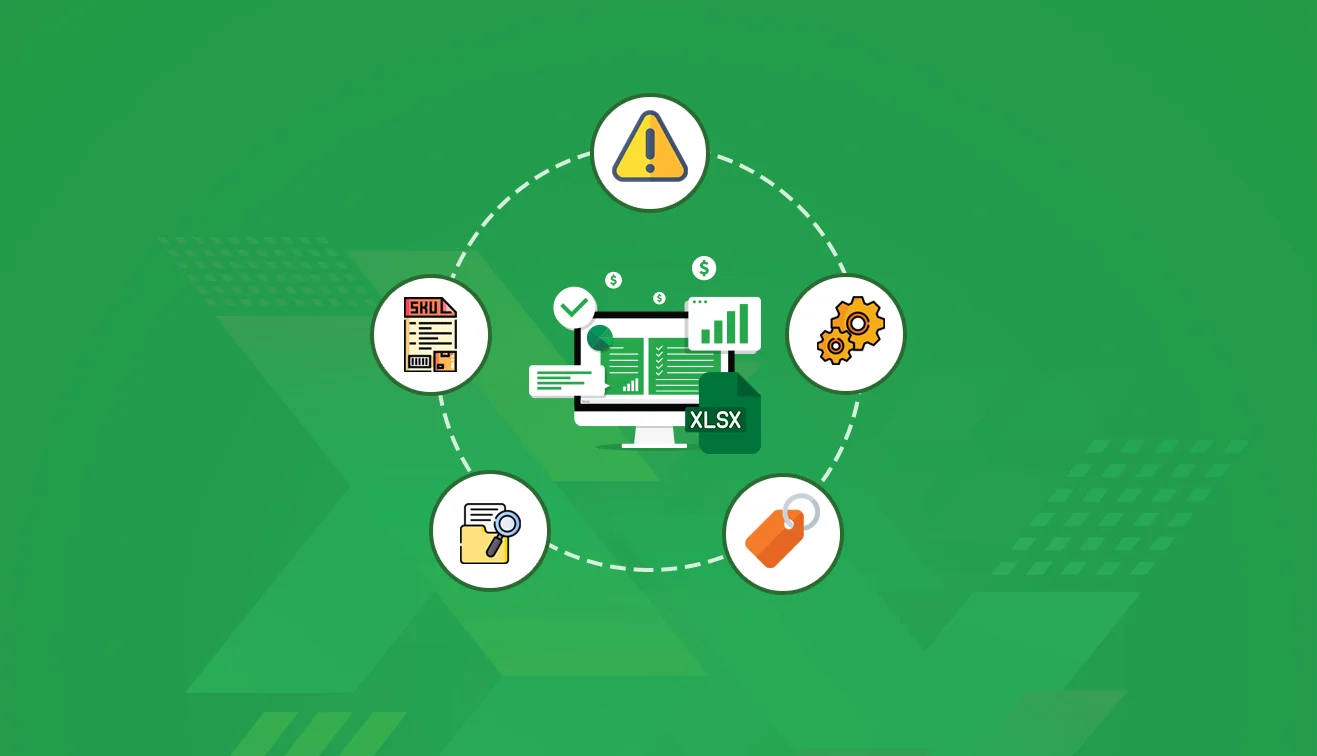

.jpg?w=3840&q=75)
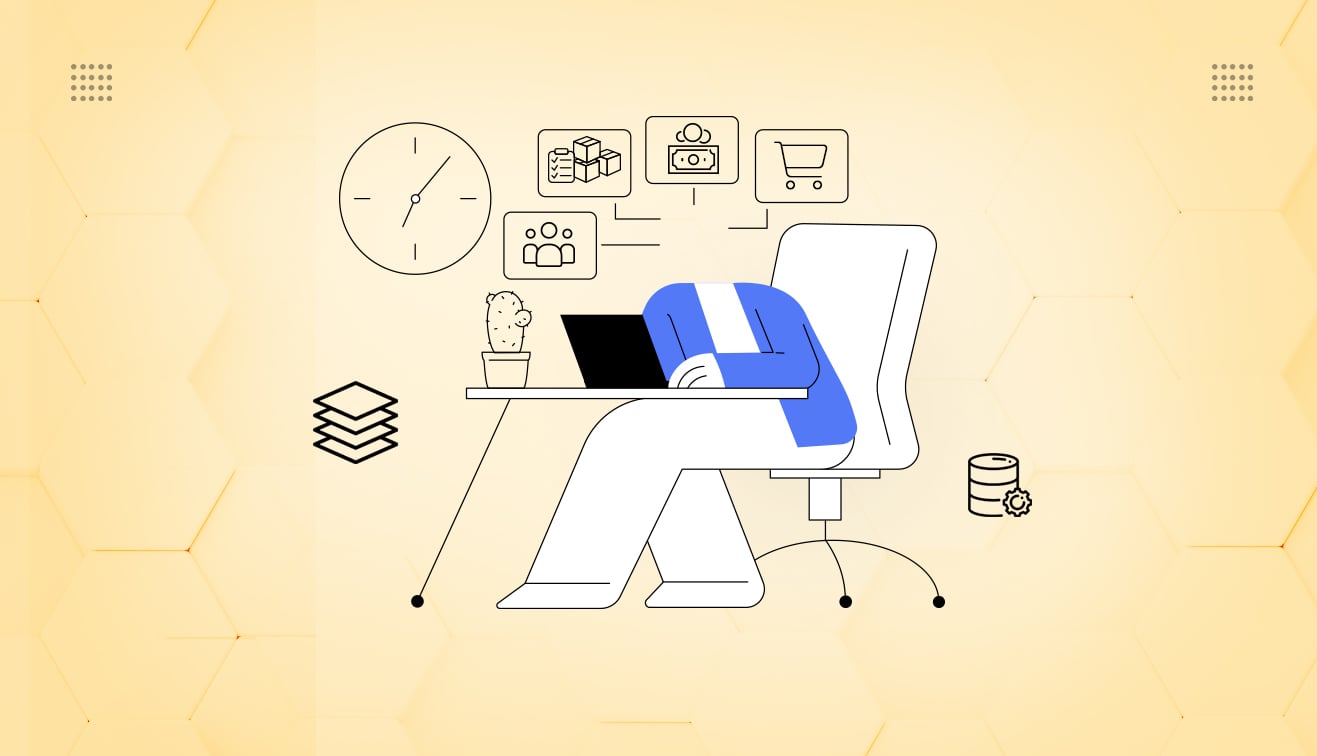

.png?w=3840&q=75)
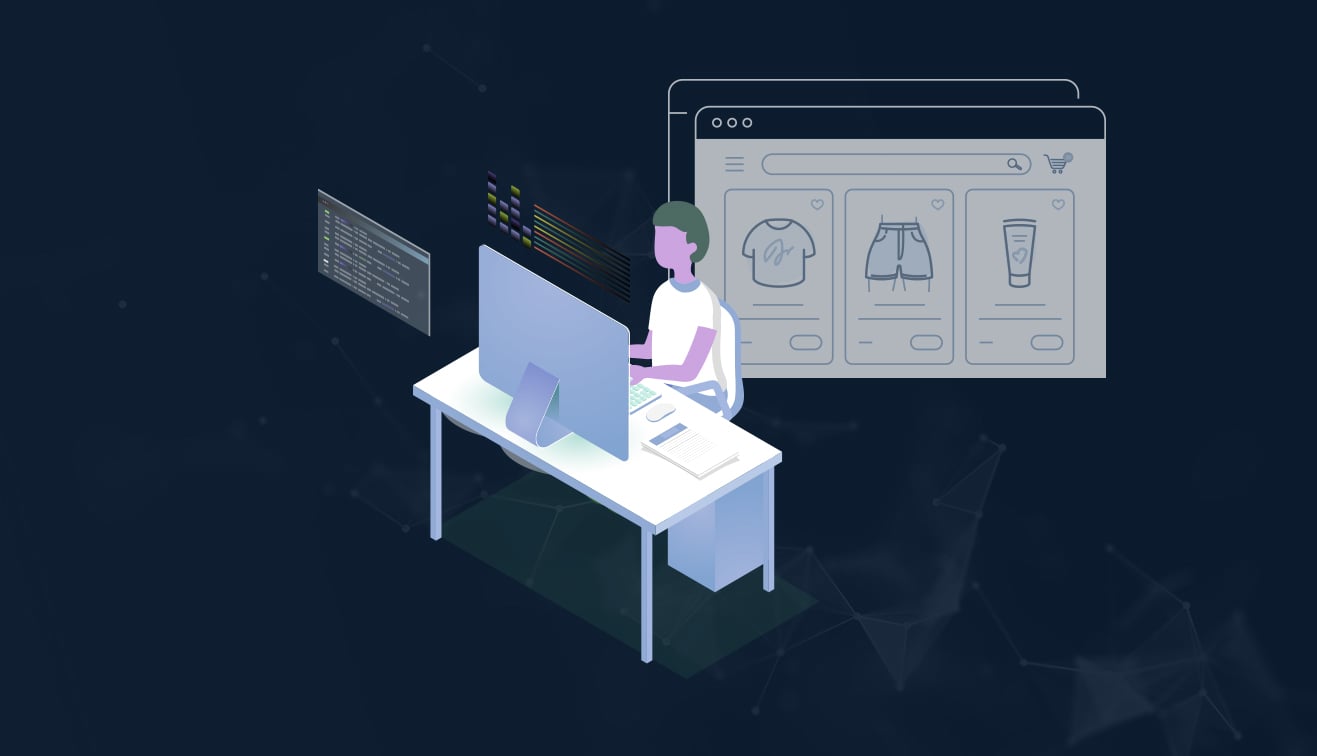
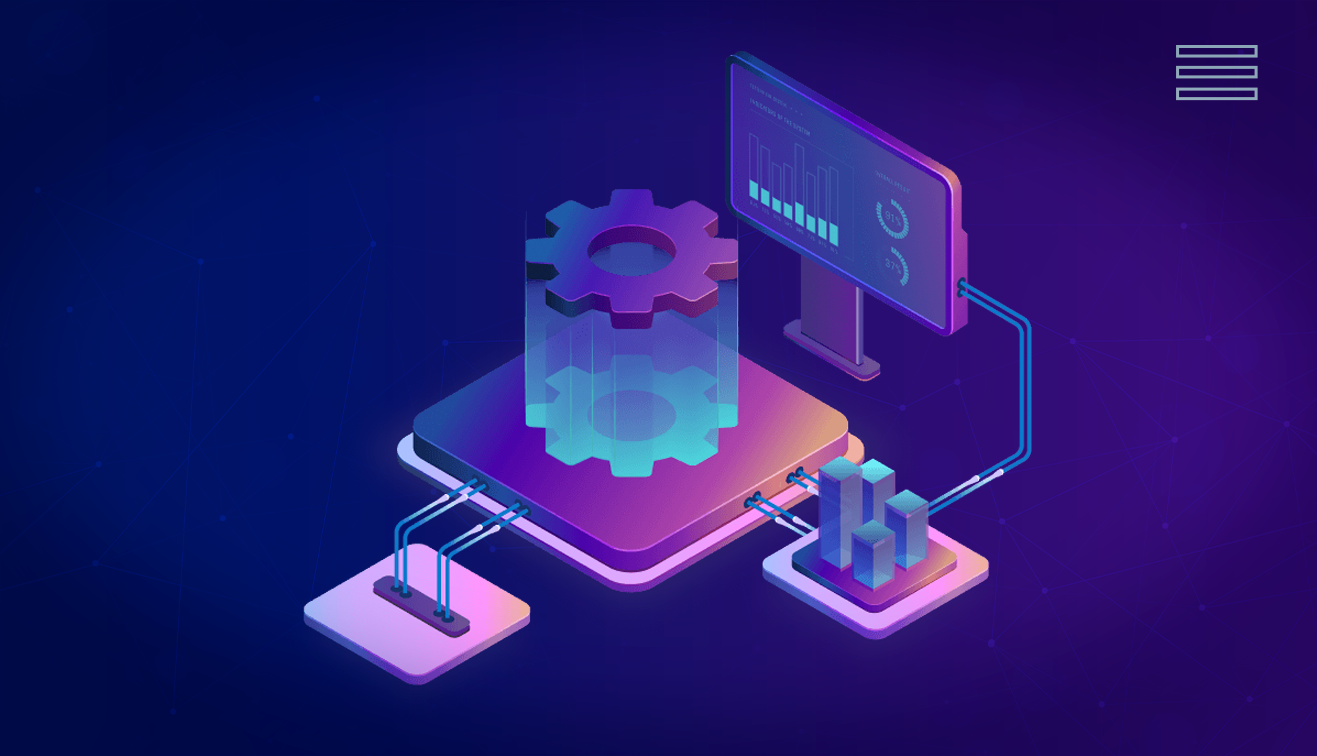
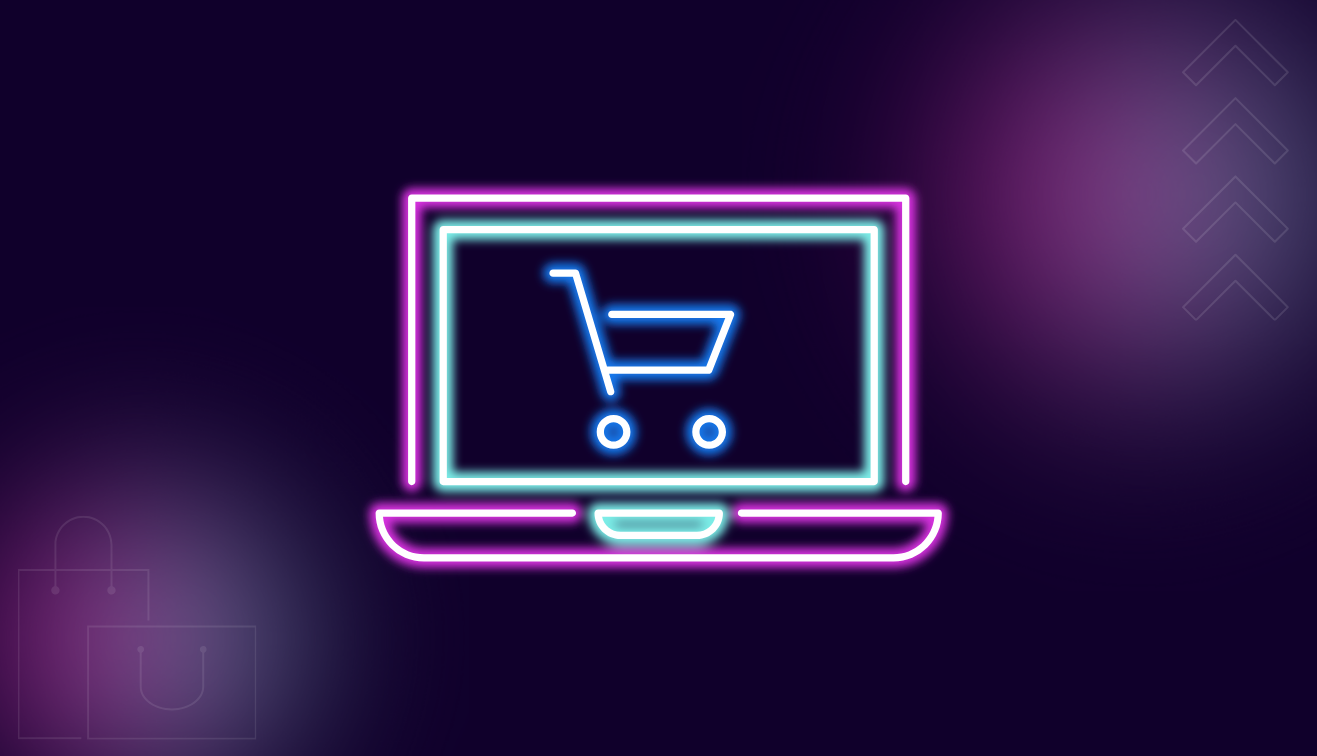
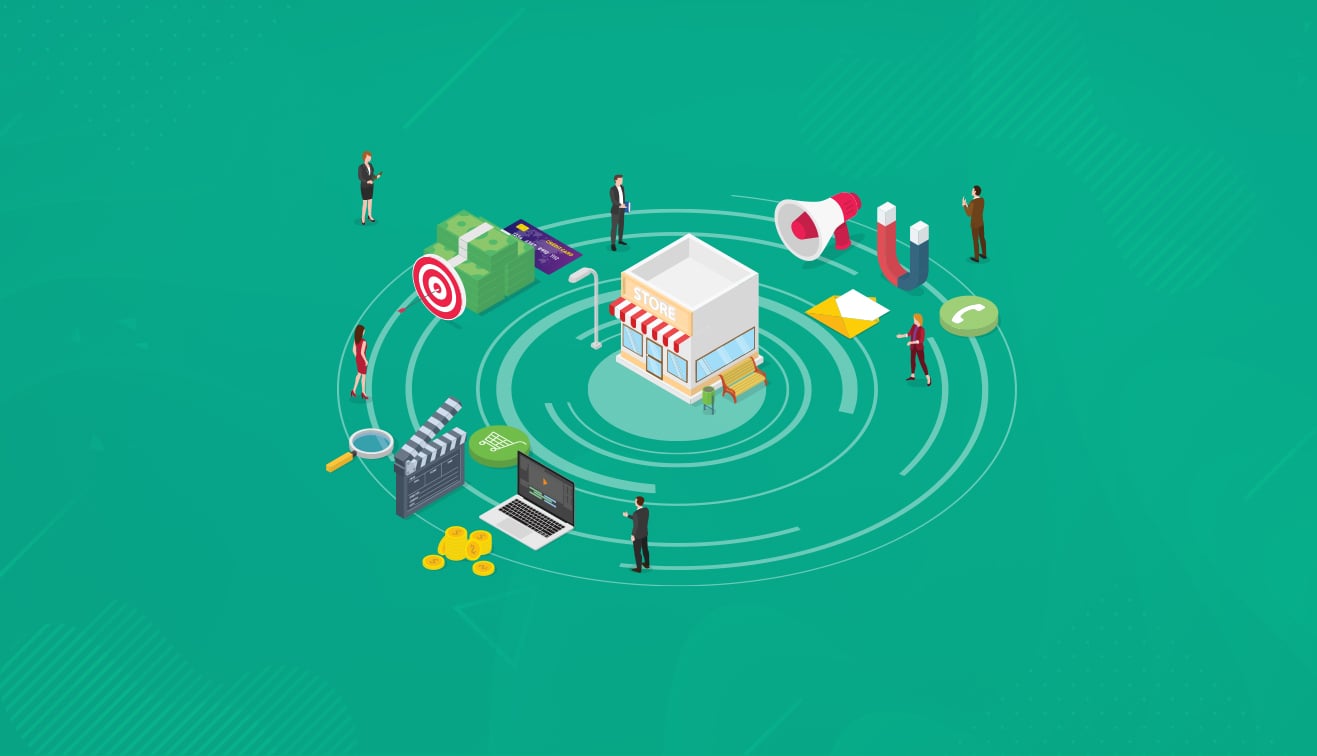
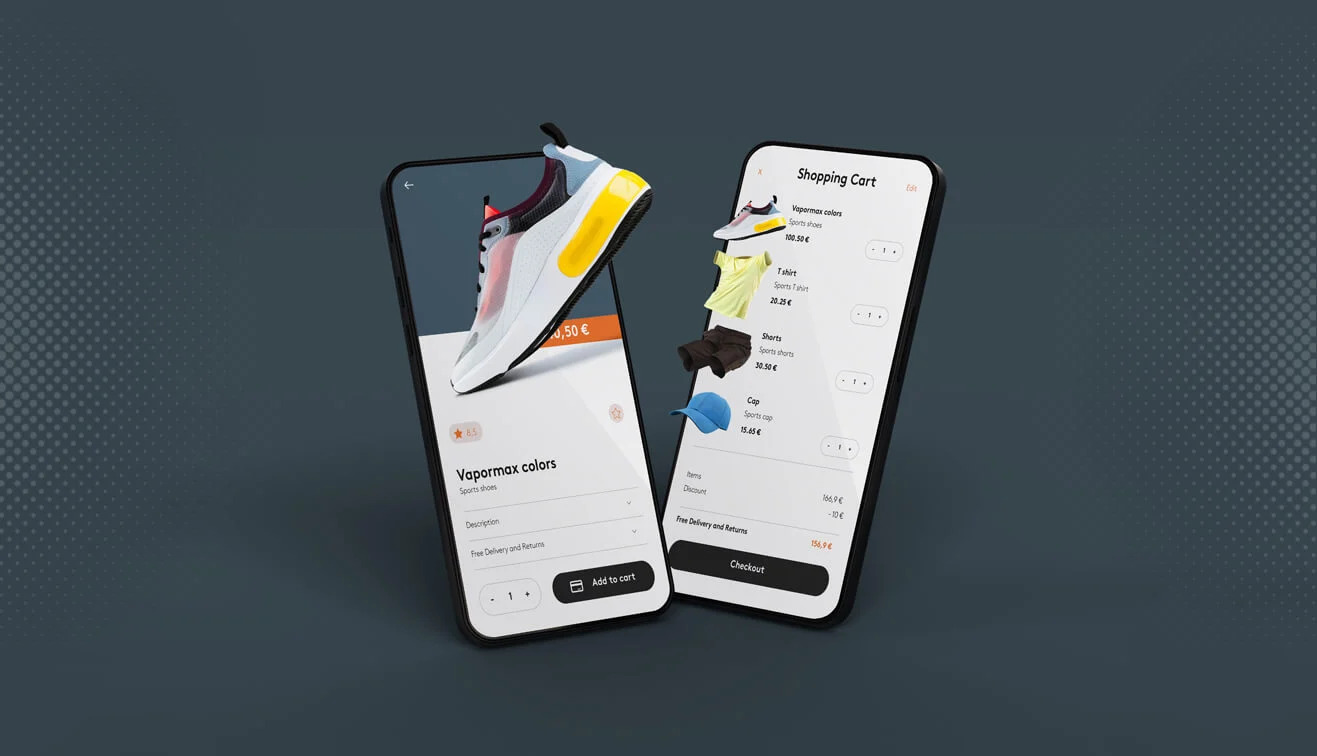
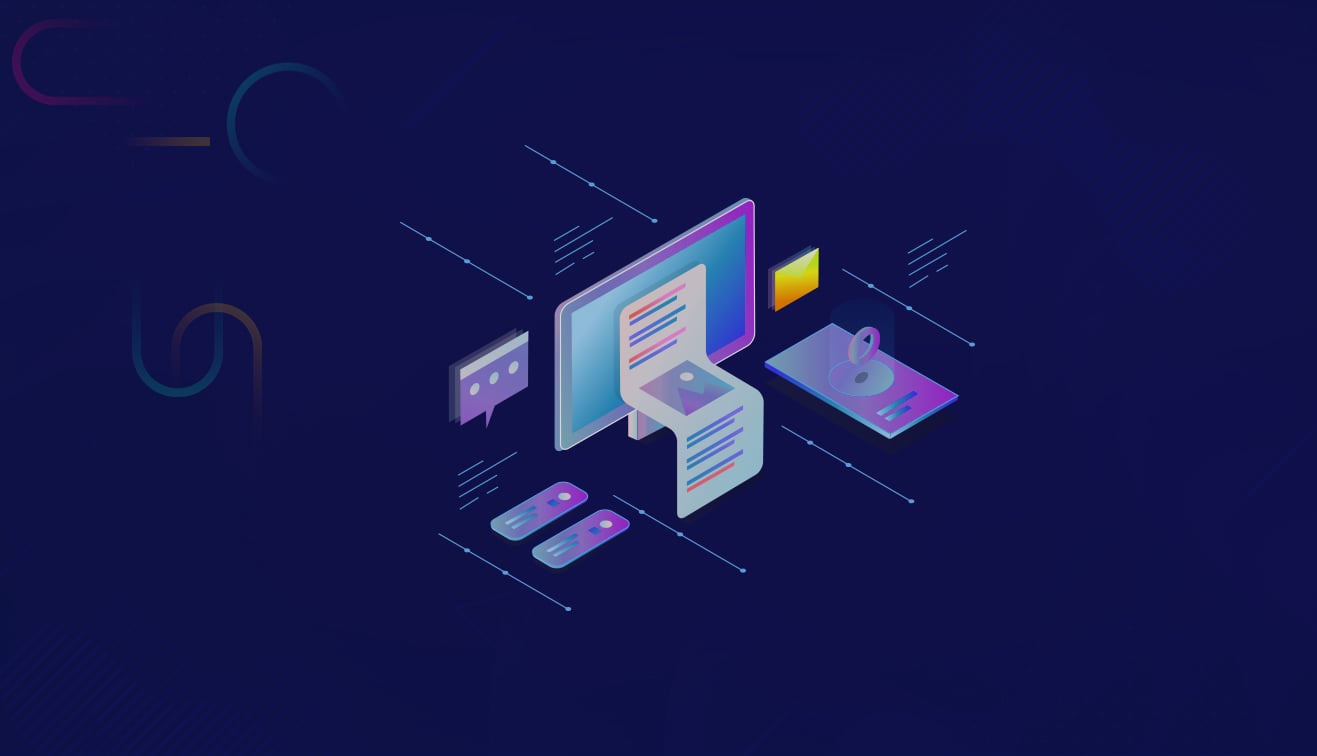
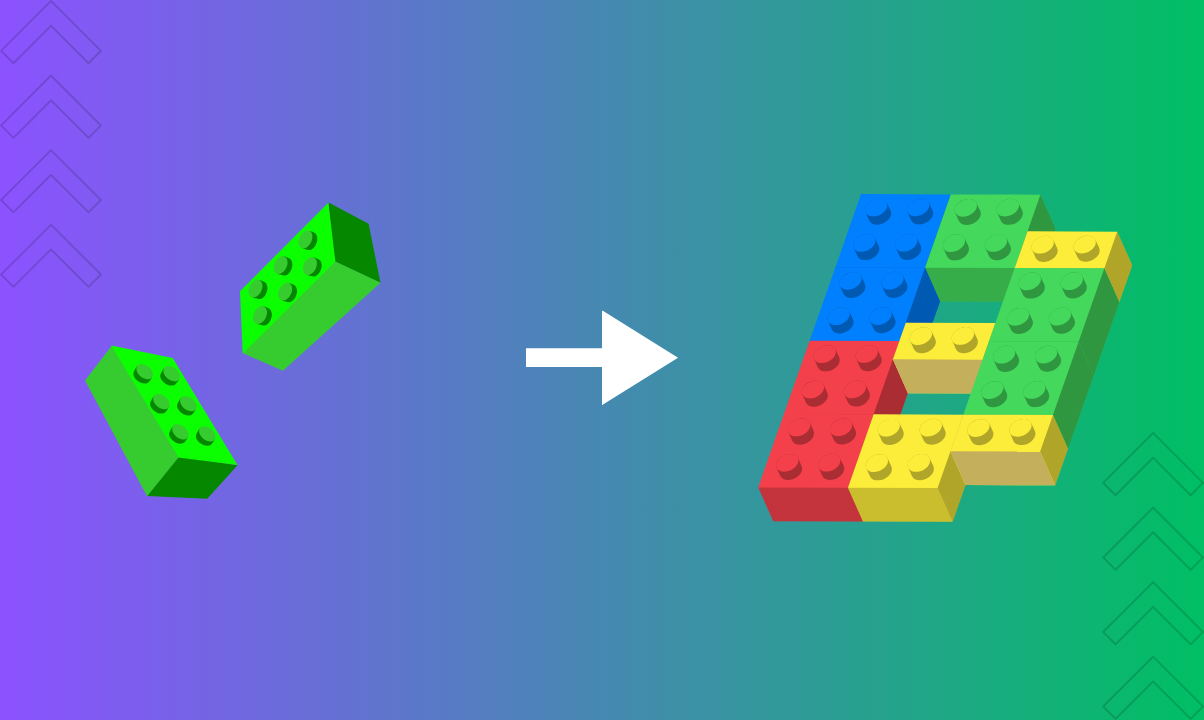

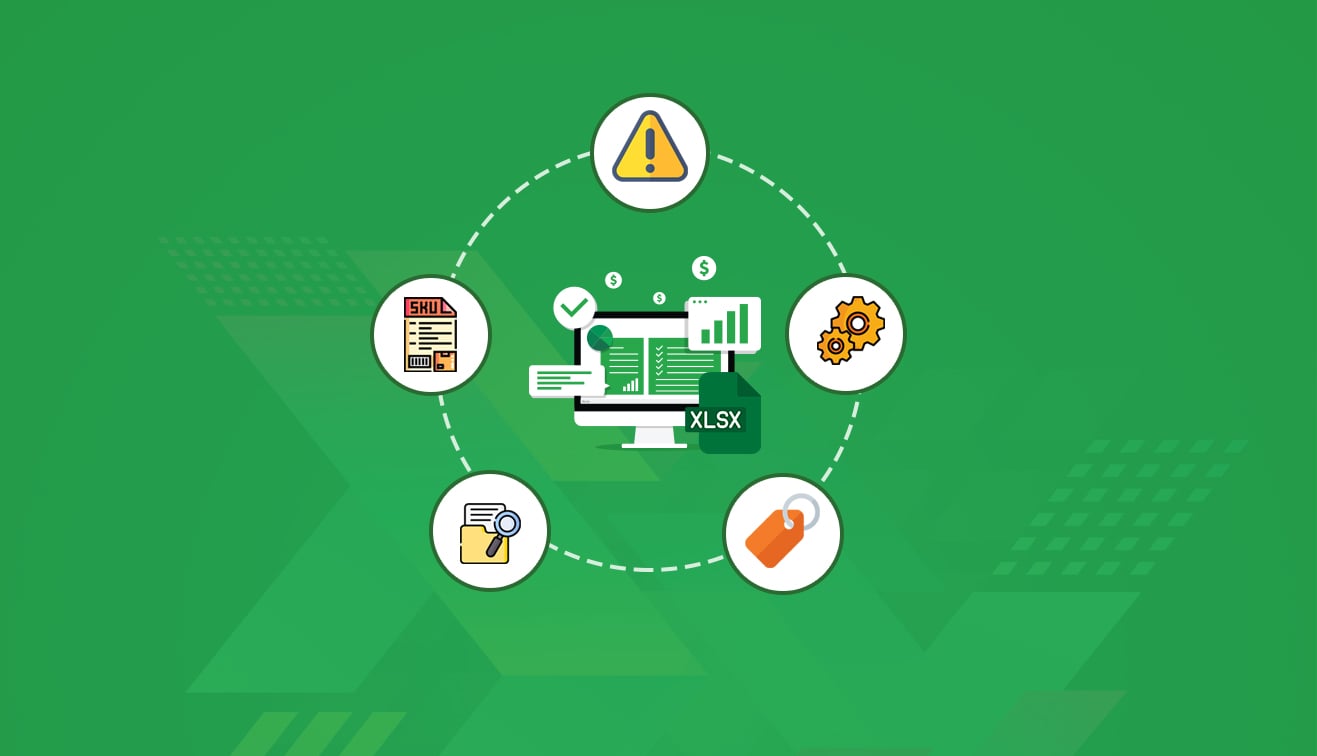
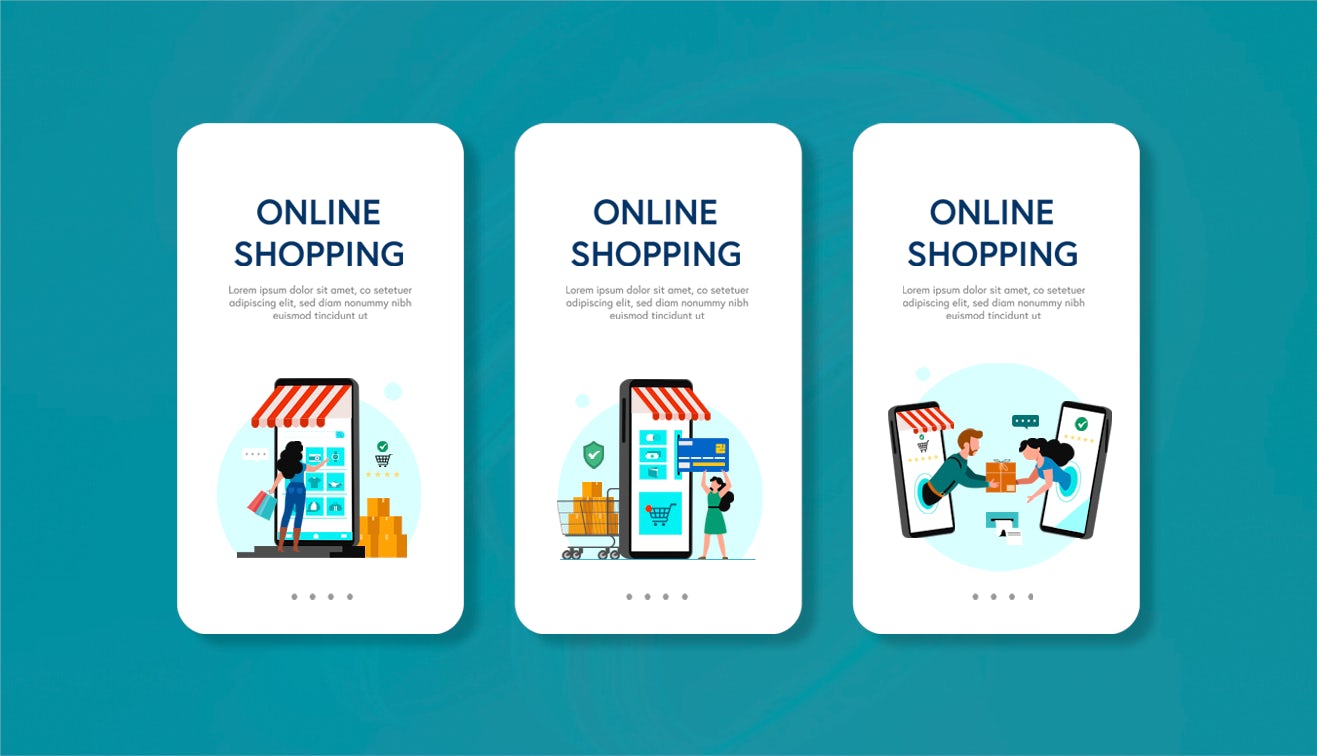

.jpg?w=3840&q=75)
